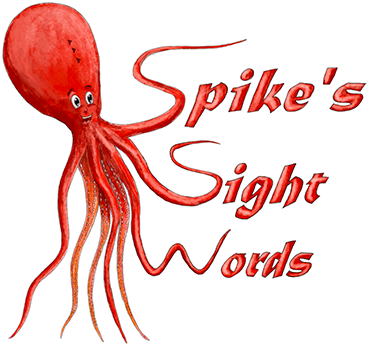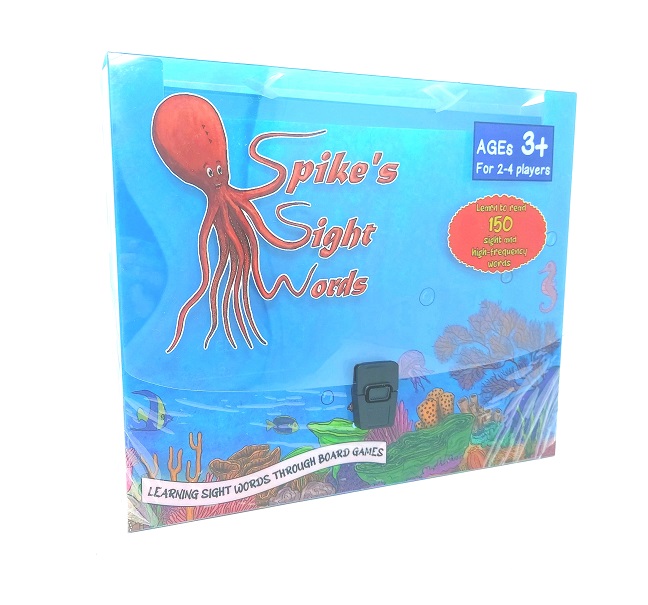
Reading is the most essential skill that children should learn in their first few years in school. However, their success rate can be significantly impacted by the way it is taught.
Some children will pick up reading quickly regardless of the curriculum. However, a lot of people, including those who have dyslexia, require a certain form of education in order to learn to read successfully. Furthermore, not enough or any of that form of instruction is being used in many schools.
Systematic phonics-based instruction is the most effective approach to teaching reading. It is based on years of research into the brain. Reading is not a skill that children’s brains are hardwired to acquire, unlike speaking. Learning to read requires several different parts of the brain all working together.
How to Teach children to Read
1. To begin, use phonemic awareness
The capacity to hear, recognise, and work with individual sounds, or phonemes, in spoken words is known as phonemic awareness. It is a fundamental reading ability that connects spoken language to written text.
When to Begin: When your kid first becomes interested in the sounds in words—typically between the ages of 3 and 4
For me personally: When teaching my daughter to read, I personally started with point 2 first but experts in the field will say you need to begin with phonemic awareness first. I got my daughter a wooden puzzle and we used to go through the alphabet singing and sounding out the letters eg, ah, buh,cuh, duh etc

2. Acquiring Alphabet Knowledge
This entails being able to identify, label, and form the alphabet’s letters as well as comprehend the sounds connected to each letter.
When to Start: Best between the ages of 3 and 4, when kids start showing interest in letters.
For me personally: Like I mentioned, my daughter actually learned the alphabet first before knowing the sounds. We would sing the alphabet song, pointing at the wooden letters and then as soon as we’d done that, we would sing the alphabet sounds. We did this daily for a few months.

3. Developing Word Skills
At this stage, letters are combined to create simple words, with an emphasis on common sight words and basic phonetic patterns.
When to Start: As soon as kids are ready to put letters together to form words
For me personally: My daughter was really keen to get going on this and as soon as she was confident with the sounds of the letters, she tried to put letters and words together. We obviously started with the easier words like ‘c-a-t’ and ‘d-o-g’ and she loved it. I also created a ‘Sight Word Fairy’ that would deliver my daughter new words to learn each night. She loved this and it was a great way to get her engaged and having fun. I also let her stick the words up on the wall where she could constantly look at them!
4. Advanced Decoding and Phonics
Phonics education is essential in the process of teaching a child to read. It helps kids understand how letters and sounds relate to one another so they can efficiently comprehend words. This step is essential for the development of reading skills because it teaches kids how letters fit together to make words.
When to Start: This really depends on how well your child has grasped the letter sounds. You may expect a child of around 5-6 years old to be at this stage.
For me personally: My daughter read and practised a LOT. I would print off word family matching games or we would play practical games incorporating these words. I have bought up my young children without screens and technology (i personally believe that any child under 5 doesn’t really need it!) and so she had no distractions other than to read and play. I surrounded the house with sounds and words for her to learn.

5. Development of Vocabulary
Reading comprehension requires the ability to comprehend and analyse what is read. It involves reading the words and understanding the concepts and meaning they express.
When to Begin: Around the ages of 6-7, when kids begin to read and come across new words.
For me personally: When my daughter was able to read, I made sure to stop and explain what words meant to her. This was important for her to understand what the words actually met. She was such an avid reader (possibly 10-20 books a day!) that her comprehension was very strong from an early age. I also made up ‘The World Book Federation’ who challenged her to read 100 books in a week and ‘they’ (basically me!) gave her a trophy when she completed it. This helped her to associate reading as a positive and rewarding thing to do.
6. Fluency in Reading
The capacity to read literature correctly, swiftly, and expressively is known as reading fluency. Gaining proficiency in this area is essential to teaching kids to read since it builds a solid basis for reading comprehension.
When to Begin: Concentrate on this between the ages of 7 and 8, when kids are more at ease with vocabulary and decoding.
For me personally: My daughter was at this stage around the age of 6 years old. Her love of reading (and the fact that i kept and still do massively limit screen time) meant she developed real fluency in her reading. She is years ahead of her peers when it comes to reading and writing. I know this is because of the way she learned to read years ago!

My final top tips to get your child ahead with reading:
START EARLY – my daughter had learned the alphabet by 2 years old.
LIMIT SCREEN TIME – or be as strict as I was and give them NO screen time at such a young age. Trust me, they won’t miss out and instead their brains will be growing in the right way as of a result!
SURROUND YOUR HOME WITH BOOKS – books, books, books! We had them everywhere in the house so my children could always see and use them.
MAKE READING A PRIORITY – i read to my children over meals, read to them in the park, read to them on the plane, read to them on the train! You get the idea – read, read and read!
FIND BOOKS THAT THEY LOVE – my daughter used to love ‘Curious George’ for example and so I would always make sure to try and find these books at the library.
DON’T BE AFRAID TO BE DIFFERENT – I saw my friends children glued to screens and watching things on their parents phones. I am really against that. I was proud that my children were reading books (or colouring) at a restaurant for example!
PAY ATTENTION TO OTHER FACTORS: I made sure my daughter ate ‘brain boosting’ foods which were meant to help with memory. I think it did work because her memory is excellent and better than mine! At the tender age of 7, she has no qualms in spelling words like antidisestablishmentarianism!
MAKE LEARNING FUN – although Spike’s Sight Words were thought of and created over my sons reading journey, my daughter helped me to learn that children learn best when having fun. She would love to play our educational board games and still does!
have a look at our educational board games

